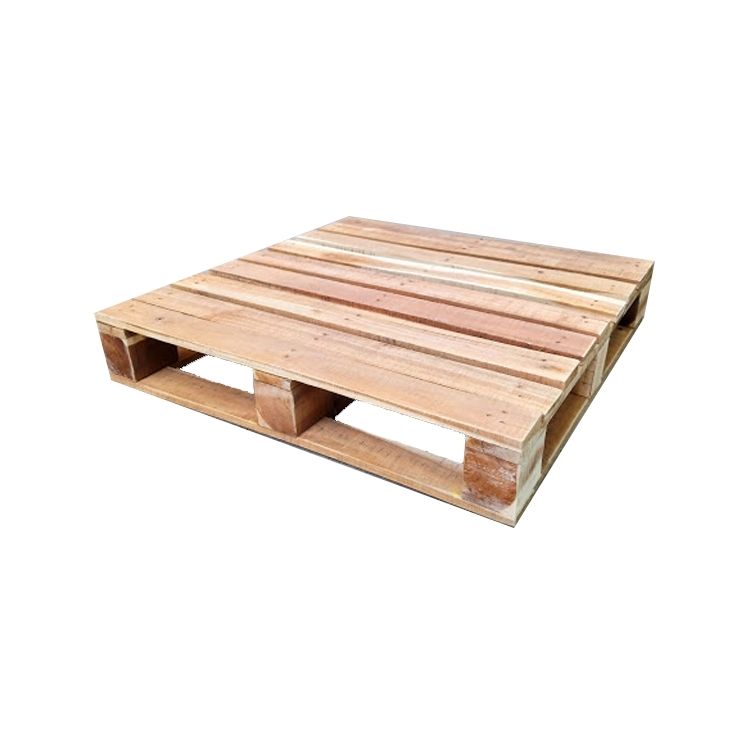Pallets made from wood were one of the earliest models of transporting materials, so it’s no surprise that demand for them has changed drastically over time. Today’s pallet demand is dependent on many evolving trends, environmental factors, and industry developments. In this post, we will discuss the factors that influence the continuously evolving pallet industry and look at how the demand for pallets has changed.
Environmental trends

Businesses and manufacturers aspire to circular business models that allow for many opportunities for reusable resources. Therefore, they have taken sustainability very seriously as a pallet manufacturing trend. This emphasis on eco-friendly production only strengthens and increases the demand for wooden pallets in the industry. Pallets are made from durable and long-lasting wood to prolong their service life. Pallet recycling services allowing the sale and purchase of used pallets also incentivize manufacturers to avoid unnecessary waste by recycling instead of purchasing raw materials. The drive for greater sustainability and lower total waste from manufacturers has significantly impacted the wood pallet industry by increasing this demand over time.
Material Trends

Pallets made from wood are the most common in the industry. This fact makes them popular with most manufacturers. However, the growing interest in materials made from plastic has also affected the overall demand for pallets.
Plastic pallets are one of the fastest-growing pallets on the market. Since manufacturers can either recycle them or melt and turn them into other production supplies, this option is very popular with businesses looking to reduce waste. The demand and popularity of plastic pallets are also increasing as they can store products without the risk of pests or wood-eating insects damaging their quality.
However, plastic pallets are also very sensitive to drastic changes in temperature and weather, making them less efficient during transportation. The cost of plastic pallets is also significantly higher than the cost of wooden pallets and recycled pallets. However, these changes in material trends significantly affect the overall fluctuating demand for pallet use in the industry.
International shipping Trends

Demand for pallets also depends on international pallet orders abroad. Pallets made from wood want to be exported to Europe and fastidious countries need to ensure to meet international certifications such as ISPM-15 and most especially, the EPAL certificate issued by the European Pallet Association. In Vietnam today, there are very few businesses that provide EPAL pallets because the cost is quite expensive. Therefore, thanks to this international shipping trend, in the coming years, the use of EPAL pallets in Vietnam will also become more popular.
Technology Trends
Rapid advances in technology have also affected the demand for pallets. New technology has introduced more efficient tools to measure pallets made from wood and optimize storage. Advances in technology have also reinvented many aspects of material handling in the warehouse. For example, while warehouse facilities used to use workers to operate forklifts, many now use automated systems. Automation has changed the level of efficiency of facilities and made pallet material handling more convenient and efficient.
These developments have developed the pallet industry to become more efficient and effective, which has encouraged businesses to invest in larger pallet orders to store and ship their products. While the technology does not appear to have directly impacted the demand for pallets, it has significantly optimized their use in the industry.




















